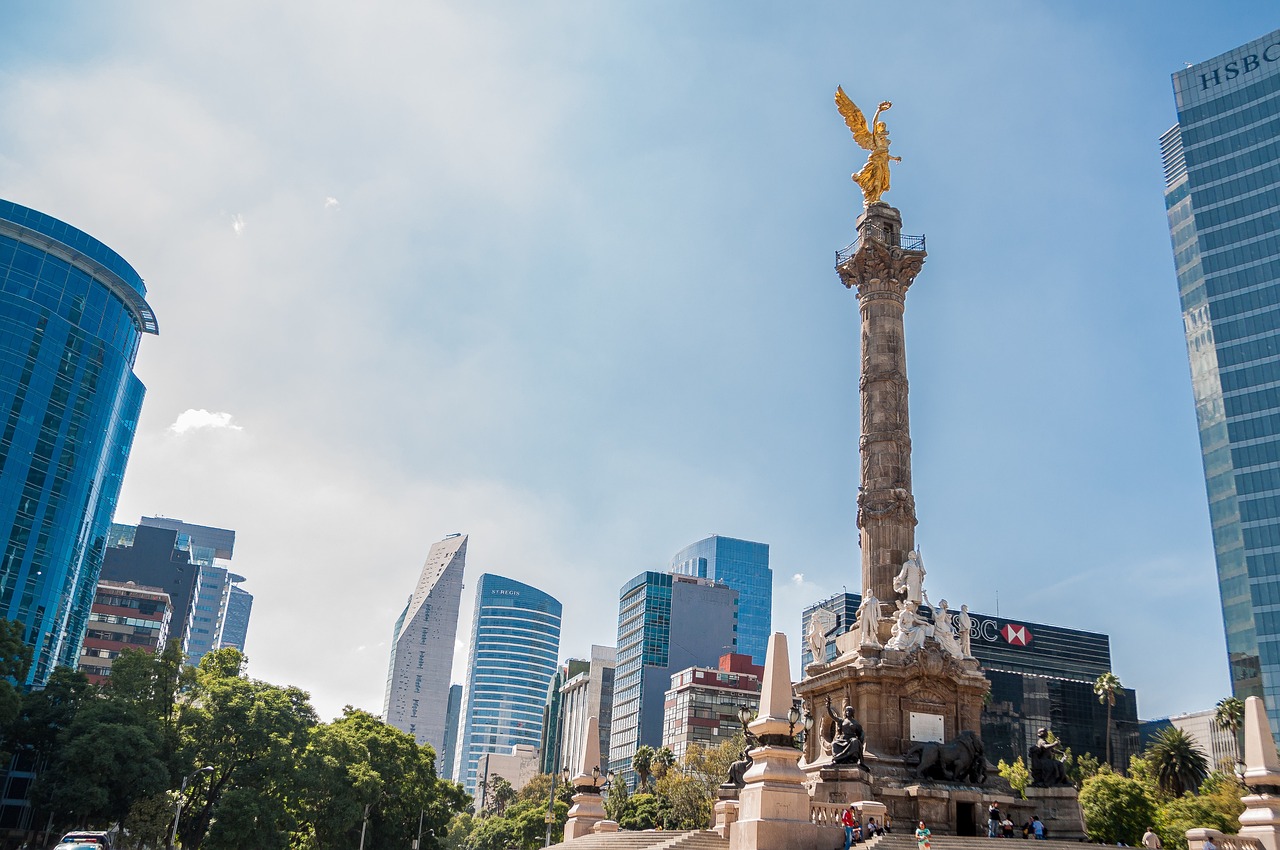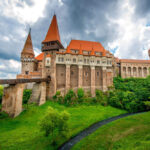Quick Bits:
Mexico City, the capital of Mexico, is a dynamic metropolis where ancient history meets modern life. Known for its rich cultural heritage, vibrant neighborhoods, and unique architecture, the city offers an endless array of experiences for travelers. With its fascinating blend of pre-Hispanic ruins, colonial buildings, and contemporary art scenes, Mexico City is a destination that captivates visitors from around the globe.
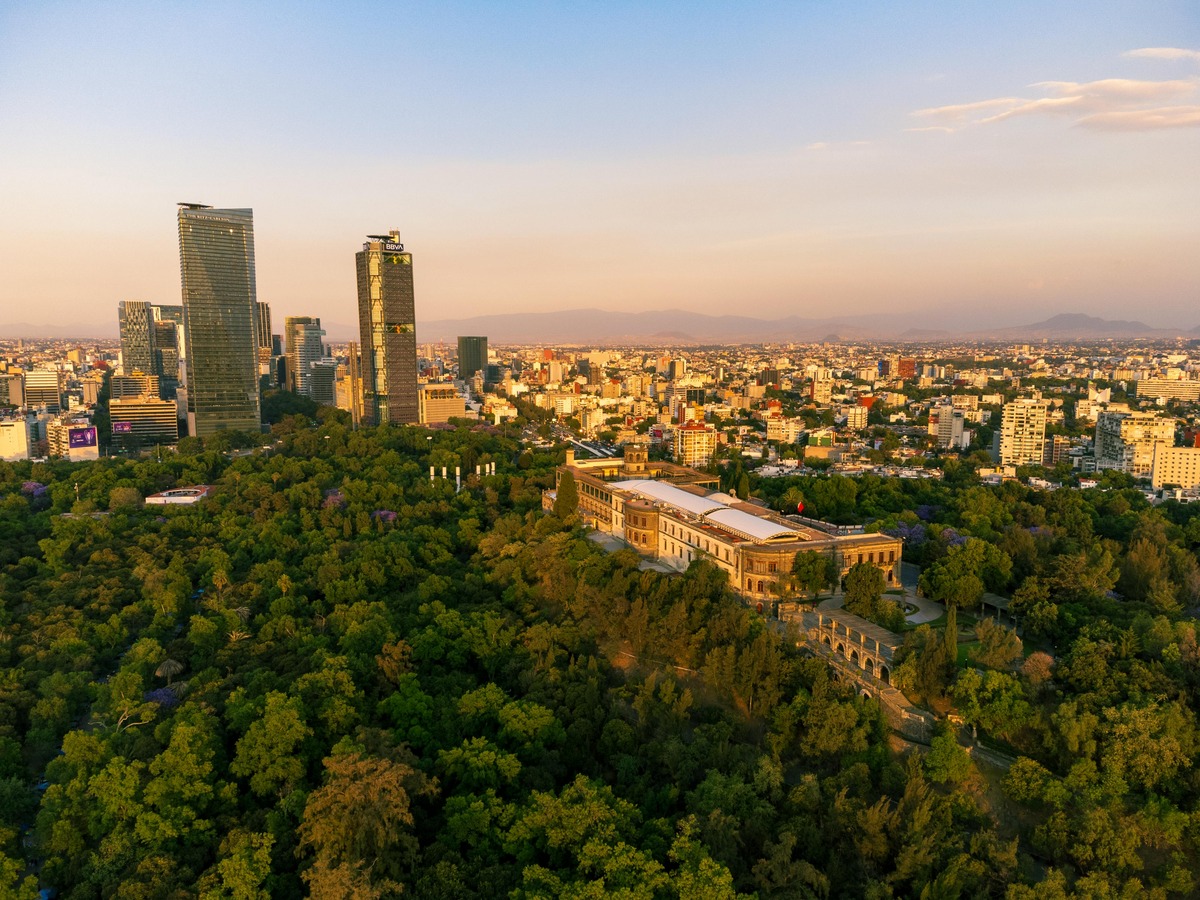
Key Highlights
- Mexico City is one of the largest cities in the world, with a population of over 21 million in the metropolitan area.
- It boasts over 150 museums, more than any other city in the world.
- Home to the Zócalo, one of the largest public squares globally.
- The city sits atop the ancient Aztec capital of Tenochtitlán.
- It features several UNESCO World Heritage Sites, including the historic center and the floating gardens of Xochimilco.
- The iconic Chapultepec Park is one of the largest urban parks in the Western Hemisphere.
- Mexico City’s culinary scene, including street food, is globally renowned.
General Information
Mexico City is the heart of the country, both geographically and culturally. As the capital, it serves as a hub for politics, arts, and finance. The city’s official name is Ciudad de México, abbreviated as CDMX. Its history stretches back to the 14th century when the Aztecs established Tenochtitlán. Spanish conquistadors conquered the area in the early 16th century, leading to the construction of many colonial-era landmarks that still stand today. The city’s dual identity — blending its pre-Columbian roots with modern urban life — is one of the reasons it stands out as a travel destination.
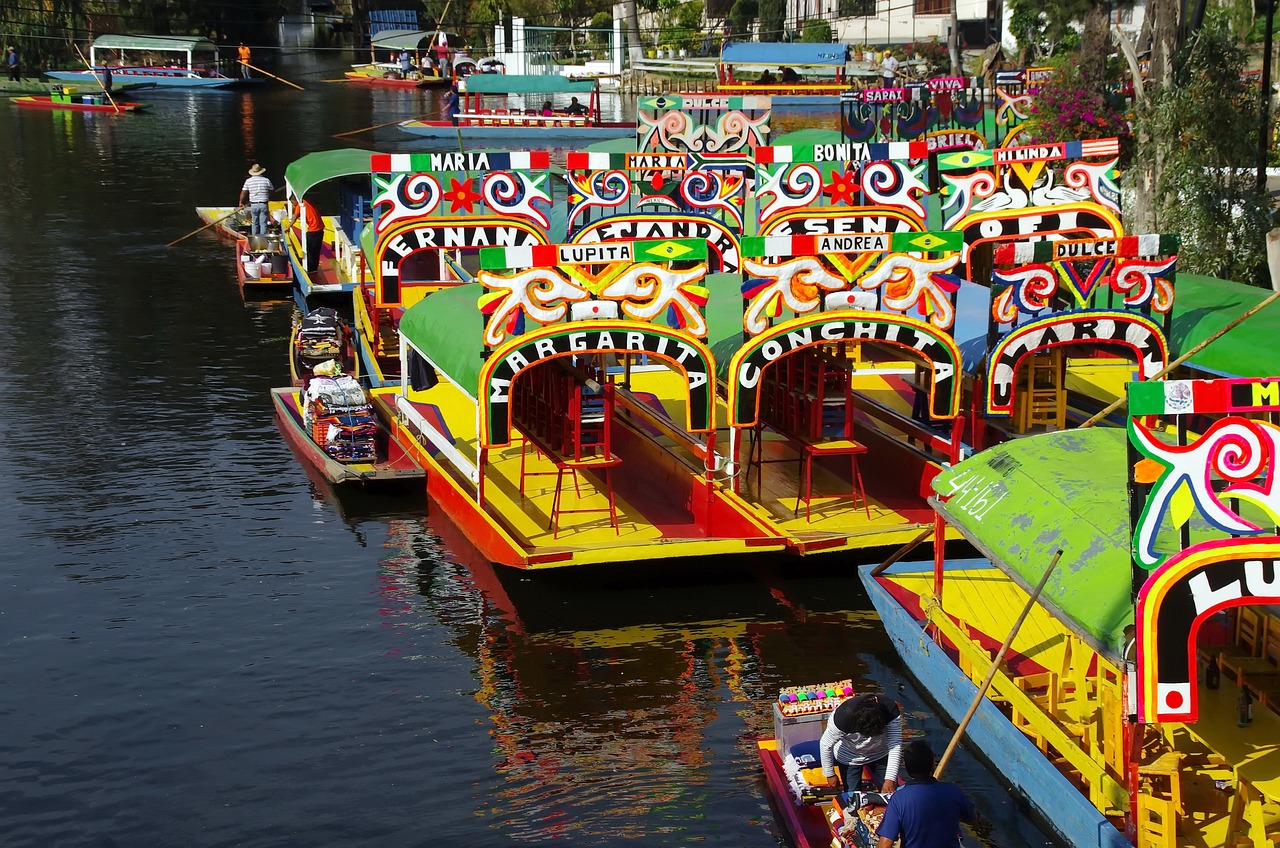
Geography Information
Mexico City is nestled in the Valley of Mexico, a large valley in the high plateaus at the center of Mexico. The valley is encircled by mountains and volcanoes, including the famous Popocatépetl and Iztaccíhuatl, which are often visible on clear days. The city is situated at an altitude of about 7,350 feet (2,240 meters) above sea level, making it one of the highest major cities in the world. Despite its size, the city offers green spaces like Chapultepec Park, a refuge for both residents and tourists seeking nature in an urban environment.
Mexico City’s location in the valley has shaped its development and infrastructure. Due to its foundation on a former lakebed, the city faces challenges such as sinking land, as well as occasional seismic activity, making it important for urban planners to adapt constantly.
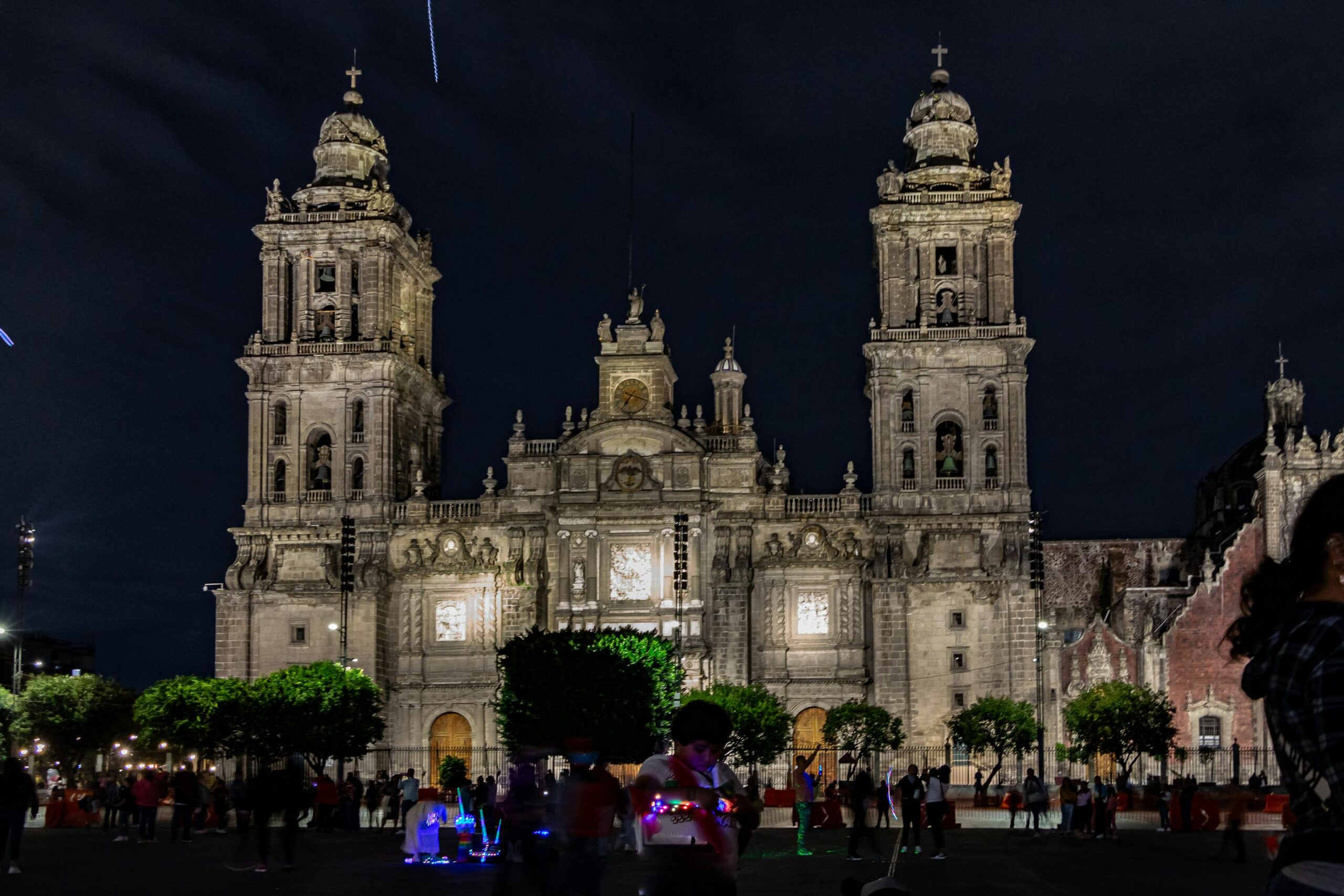
Places to Visit
Mexico City is full of incredible sights, ranging from historical landmarks to modern cultural hubs. Some of the most iconic places to visit include:
1. The Zócalo
The city’s central square is one of the largest in the world and a focal point for political and cultural gatherings. Surrounding it are the National Palace, where Diego Rivera’s famous murals reside, and the Metropolitan Cathedral, the largest in the Americas.
2. Chapultepec Castle
Located within Chapultepec Park, this historic castle offers panoramic views of the city and houses the National Museum of History. It’s a great spot to learn about Mexico’s history while enjoying a relaxing day in the park.
3. Teotihuacán Pyramids
Located just outside the city, this ancient archaeological site features the massive Pyramid of the Sun and Pyramid of the Moon. Once a flourishing Mesoamerican city, Teotihuacán remains one of Mexico’s most visited attractions.
4. Frida Kahlo Museum (Casa Azul)
The former home of renowned Mexican artist Frida Kahlo is now a museum dedicated to her life and work. The vibrant blue house is located in the Coyoacán neighborhood, a charming area full of cafes and artisan markets.
5. Palacio de Bellas Artes
This stunning white marble palace is a masterpiece of both art and architecture. It hosts ballet, opera, and other performances, while also being home to some of Diego Rivera’s most famous murals.
6. Xochimilco
Known for its floating gardens and colorful boats called trajineras, Xochimilco offers a unique way to experience Mexico City’s pre-Hispanic roots. It’s a UNESCO World Heritage Site and a perfect spot for a relaxing boat ride.
7. Templo Mayor
This archaeological site, located near the Zócalo, reveals the ruins of an ancient Aztec temple. The accompanying museum offers insights into the Aztec civilization and its cultural significance.
8. Coyoacán
A laid-back neighborhood that feels like a small town within the bustling city. It’s filled with colonial buildings, street art, and the famous Frida Kahlo Museum.
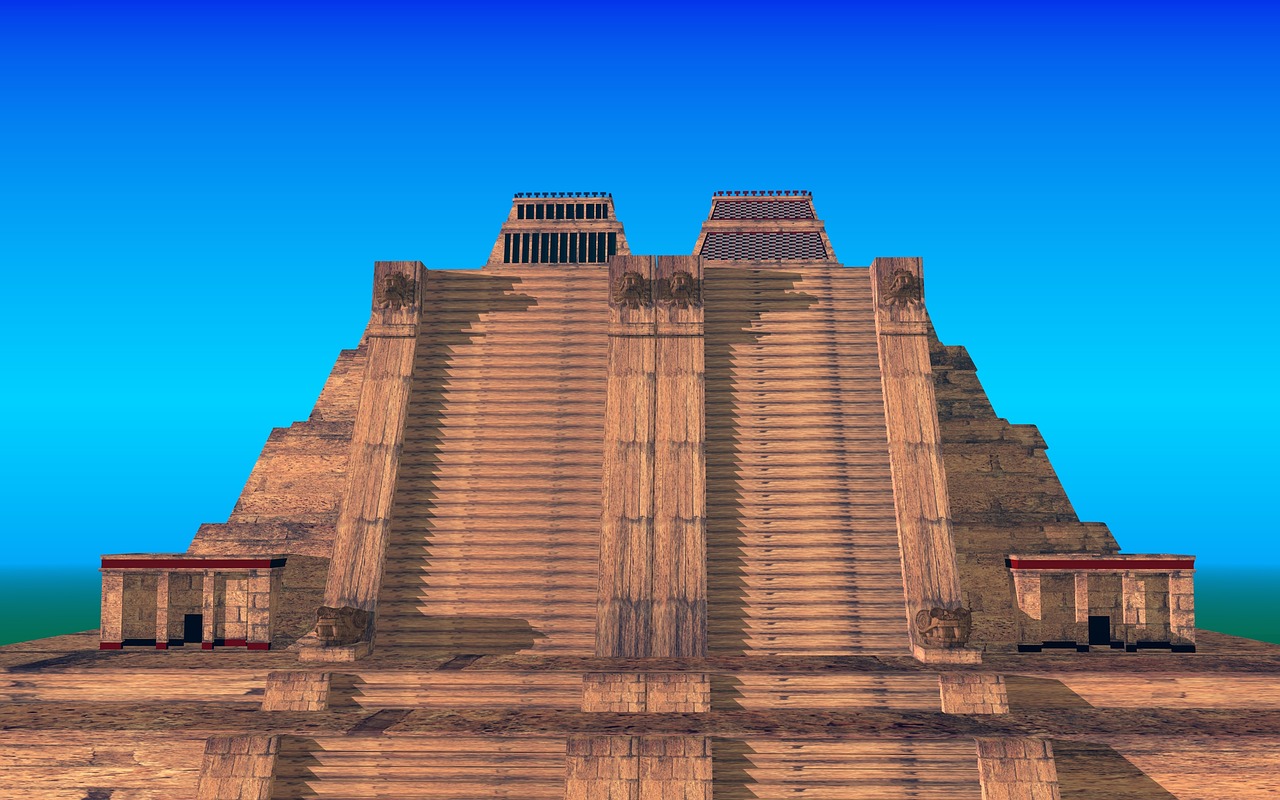
Yearly Climate
Mexico City enjoys a temperate climate due to its high altitude, with distinct wet and dry seasons. Here’s an overview of what to expect:
- Winter (December to February): Winters in Mexico City are mild, with daytime temperatures averaging around 70°F (21°C), but nights can be chilly, sometimes dipping to 40°F (4°C).
- Spring (March to May): Spring brings warmer temperatures, often reaching highs of 85°F (29°C). It is generally dry, making it a good time to explore the city.
- Summer (June to August): This is the rainy season, with heavy showers in the late afternoons and evenings. Daytime temperatures remain comfortable, averaging around 75°F (24°C).
- Fall (September to November): Fall sees a gradual decrease in rainfall and moderate temperatures, making it an ideal time to visit.
While the city enjoys plenty of sunshine throughout the year, its high elevation means that temperatures can fluctuate, especially between day and night.
Best Time of Year to Visit
The best time to visit Mexico City is during the spring months of March to May. During this time, the weather is warm but not too hot, and there is minimal rainfall, making it perfect for outdoor activities and exploring the city’s many attractions. This period also coincides with various cultural events, including festivals, adding to the vibrancy of the city.
Autumn, particularly September to November, is another great time to visit as the rainy season ends, and the weather is pleasant. Plus, this is when the famous Día de los Muertos (Day of the Dead) celebrations take place, offering visitors a chance to experience one of Mexico’s most iconic traditions.
The winter months (December to February) are also a good time to visit, especially for those who prefer cooler temperatures. Just be prepared for chilly nights and pack accordingly.
While summer (June to August) is Mexico City’s rainy season, it’s still a good time to visit if you don’t mind occasional afternoon downpours. The city tends to be less crowded with tourists during this time, and prices for flights and accommodation may be lower.
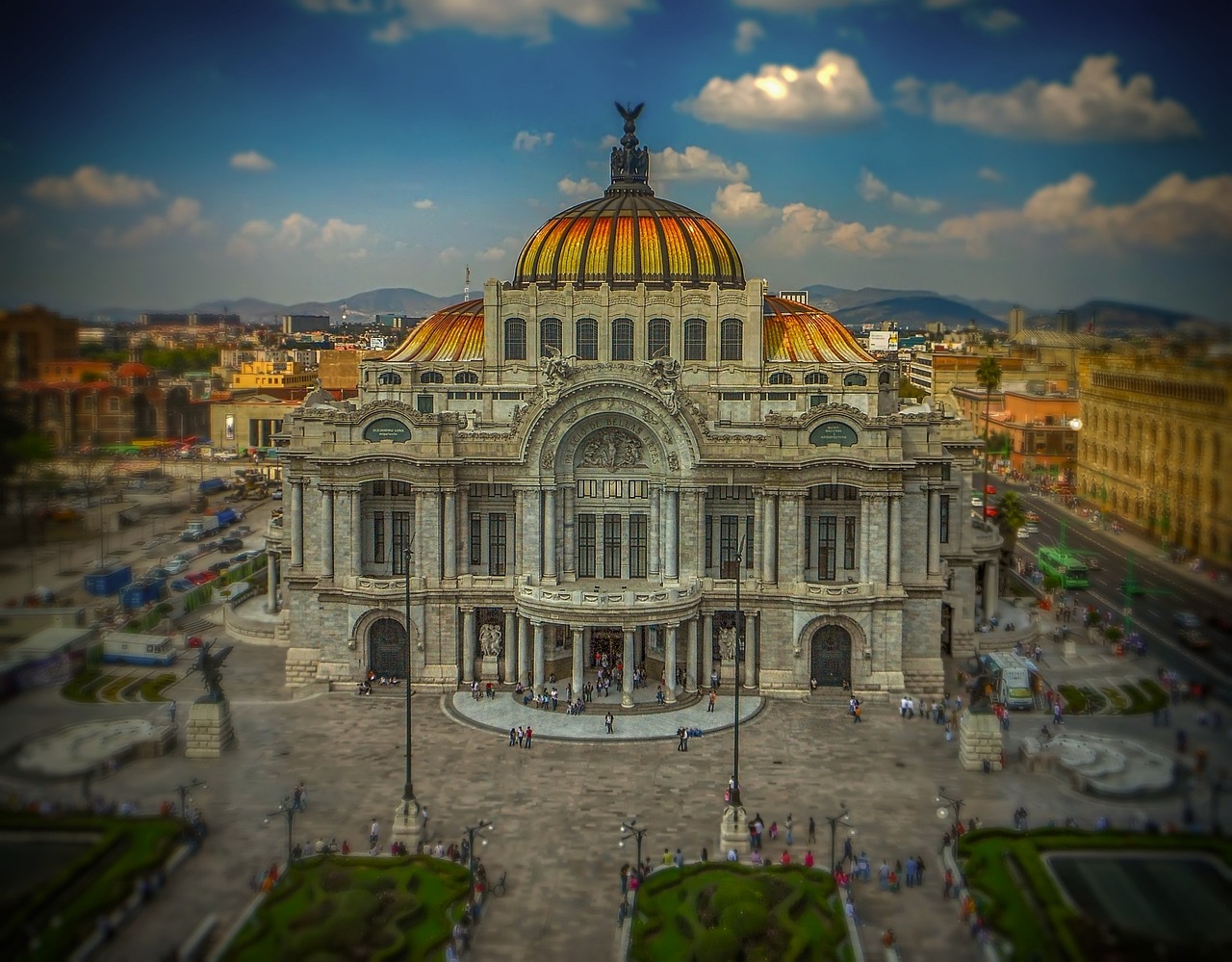
In Summary…
Mexico City is a bustling metropolis that offers a rich blend of history, culture, and modern life. From its pre-Hispanic roots seen at the Templo Mayor to the colonial charm of Coyoacán, and the modern architecture of the Paseo de la Reforma, the city is a treasure trove of experiences. Whether you’re exploring the ancient pyramids of Teotihuacán, wandering through its countless museums, or indulging in its renowned street food, Mexico City has something to offer every type of traveler.
For those seeking outdoor activities, the sprawling Chapultepec Park provides a green escape in the heart of the city. Meanwhile, the lively Xochimilco canals offer a glimpse into the city’s Aztec past. With its year-round pleasant climate, cultural festivals, and unique attractions, Mexico City remains one of the most exciting travel destinations in the world.

